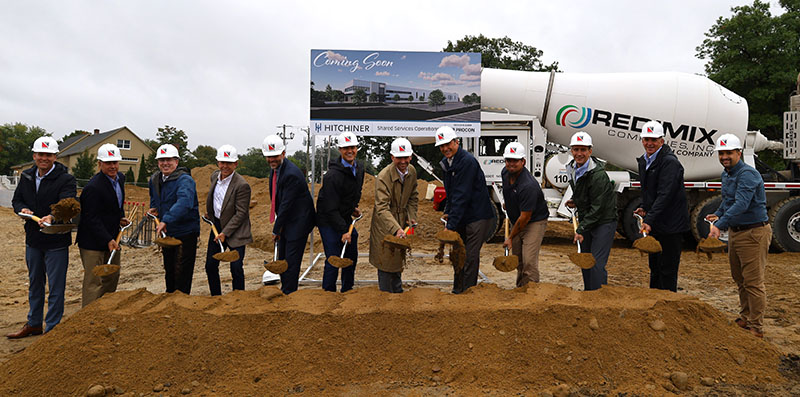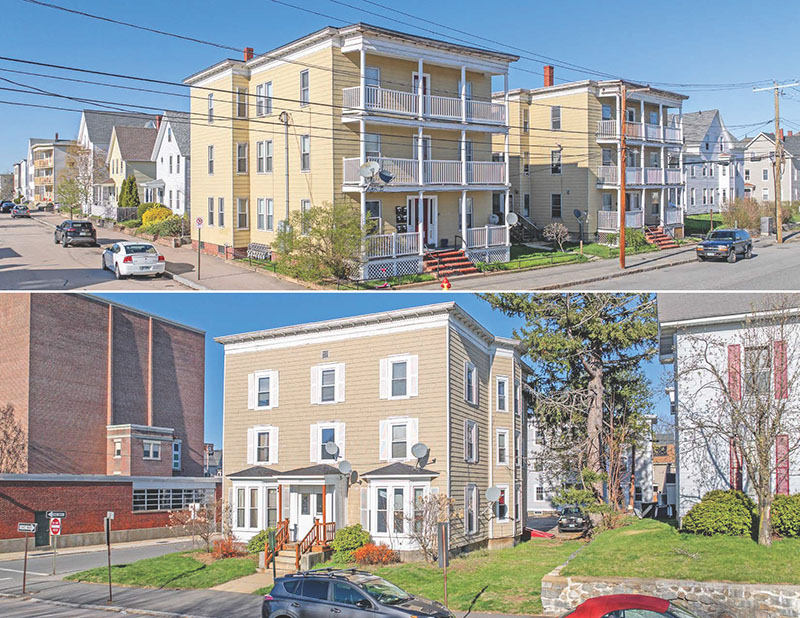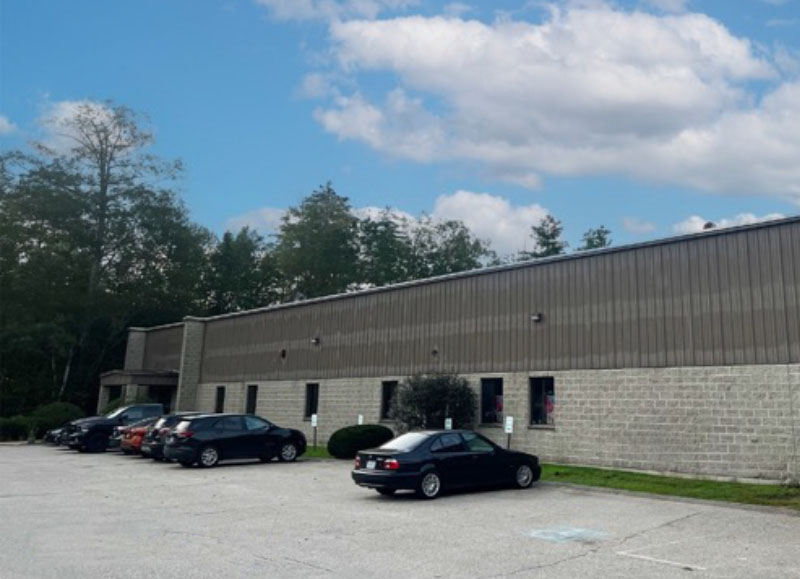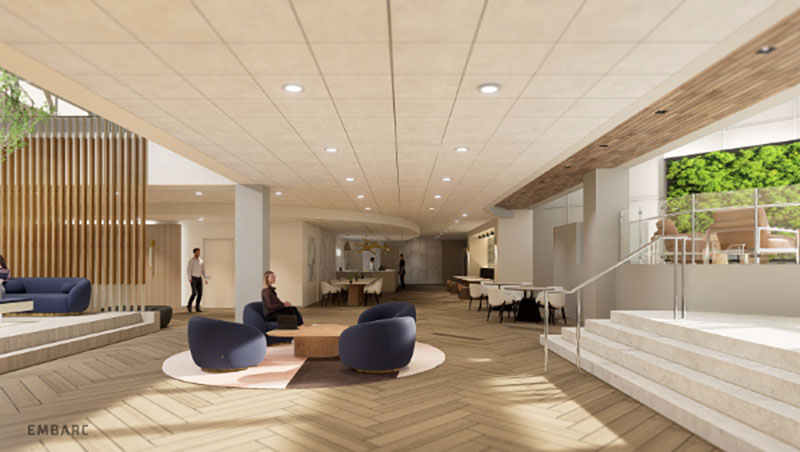Boston industrial market overview: An important measure of strength of the New England economy - by Bill Pastuszek

Associates, LLC
Boston’s industrial market continues to show strength. Market size is small compared to larger markets nationally which contain larger buildings and more modern concentrations of “product.” This market flies beneath the radar of many investors. And, the whole sector is nowhere near as exciting as multifamily, office, or retail. In urban locales near Boston, the industrial stock faces strong redevelopment pressure. Nonetheless, the health and direction of Boston industrial markets gives an important measure of the strength of the New England economy.
For purposes of identification, the industrial market is defined as being made up of manufacturing buildings, warehouse properties, food, distribution, lab/high-tech buildings, and a broad selection of special purpose and owner-user buildings. Throw in some flex for good measure.
And consider also all those “obsolete” low-ceilinged and mill style industrial structures that have been repurposed for other industrial uses and has served as incubator or owner space for many companies, both innovative and traditional. Here is where “obsolete” gets a whole new meaning in today’s economy.
A trend noted in previous years sees that some basic manufacturing and fabrication activity has become more entrenched in Massachusetts. There is great interest in locally-sourced products, whether they be food and beverage-related or simply goods “Made in New England.”
Surely, GE’s move into the Seaport District can be cited as a big “Industry Returns to New England” example. (And as GE moved in, its fortunes crumbled). There are plenty of examples of companies that have brought (or kept) high skill manufacturing tasks back here. (They need workers!)
While speaking in broad generalities is dangerous, consensus abounds that Boston’s industrial markets will continue to moderate growth. Demand is mostly direct and not speculative.
According to one source, total industrial inventory in the Boston market (broadly, Eastern Massachusetts) consists of slightly more than 500 million s/f, of which the majority is classified as warehouse. Owner-occupied buildings comprise approximately 10% of the total.
A major market observer notes that the Boston industrial market in Q32018 showed vacancy of about 5.5%, in line with the U.S. and without much major movement over the past year. In the Boston industrial market, the specialized industrial sector reported the lowest vacancy, and flex space reported the highest.
Absorption was negative. Not much supply was being created. A review of over a decade of record keeping shows little change in the amount of space. Any additions are largely offset by removals, simply underscoring the ongoing trend of industrial space conversion. A survey notes of 2.4 million feet under construction. The average size of a building is 40,000 s/f. New construction indicates a trend towards larger buildings.
Prices continue to show appreciation in the market palace. Sales volume has grown. Observers report demand outstripping supply but some outlying markets are extremely price sensitive and mispriced properties tend to languish. Rental rates show increases.
Cap rates continued to trend down mildly. Contrasted with other sectors, some cap rate compression is noted. Also, there are strong locational differences so the survey results need to be tempered with local data and knowledge. Rates vary widely based on location and building characteristics.
Low availability of land and its high price continues to represent major impediments to industrial development Massachusetts. New Hampshire continues to provide competition. MassEcon is an essential tool in helping companies locate both close in and outlying. Higher interest rates will inevitably affect cash flow and lender appetite for aggressive terms.
Repurposing of industrial sites is a continuing trend. Large scale redevelopments include: the former Raytheon site in Wayland; the Polaroid site in Waltham; Westwood Crossing; Needham Business Park, and sites in Burlington, Roxbury and Quincy, not to mention the numerous mill conversions. It is reported that more than 1 million s/f of industrial land has been consumed by residential development, including 40B housing.
Observers characterize the current market as in a mature state of the cycle. It’s prudent, given the length and breadth of this expansion, to expect and begin to prepare for “unexpected” events. That is to say, uncertainty and higher interest rates are factors that may begin to blunt further expansion.
While Boston is not a “mega” or “hyper” growth market, fundamentals continue to support a positive trend for industrial properties over the near term. The trend should continue, barring any major setbacks (geo-political, cost of money, economic instabilities), as long as there is so much pressure for redevelopment for urban industrial sites and a lack of new construction.
Bill Pastuszek, MAI, ASA, MRA, heads Shepherd Associates, Newton, Mass.








